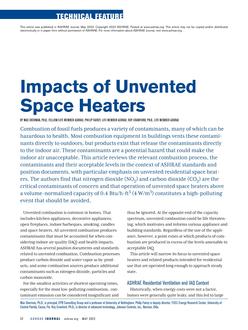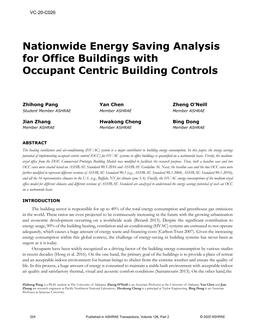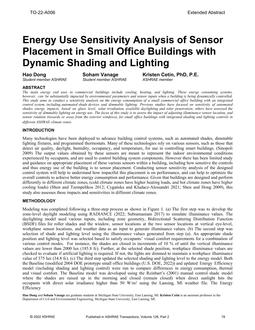Many wall assembly options exist for wood frame construction and typically a choice is made between assemblies that includecontinuous exterior insulation and assemblies that include housewrap. Often this decision is made by considering a dew-pointanalysis of cavity condensation potential or by considering the prediction of wall drying mechanisms based on modeling. Threesingle-family occupied homes were constructed with continuous exterior insulation and six identical homes were constructed withhousewrap in the same neighborhood in climate zone 5. Moisture content measurements of the condensation plane, continuouslyrecorded for the past four years, in the rim joist and above-grade walls are compared. Additionally, similar test wall assemblieswith moisture sensors were installed in a long-term exterior exposure test unit that allows comparison between long-term semicontrolledtests, i.e., those where the interior climate is carefully controlled, and homes where occupant behavior controls interiorconditions and wall performance. Finally, the measured results are compared to predicted modeled performance. Forensic investigationsand samplings of wall and rim joist areas of select homes in the study are presented for comparison of observed materialconditions and expected conditions based on moisture exposure, both predicted and observed.
Citation: Thermal Performance of Exterior Envelopes of Whole Buildings XIII, Conference Papers
Product Details
- Published:
- 2016
- Number of Pages:
- 11
- Units of Measure:
- Dual
- File Size:
- 1 file , 6.3 MB
- Product Code(s):
- D-BldgConf16-47


